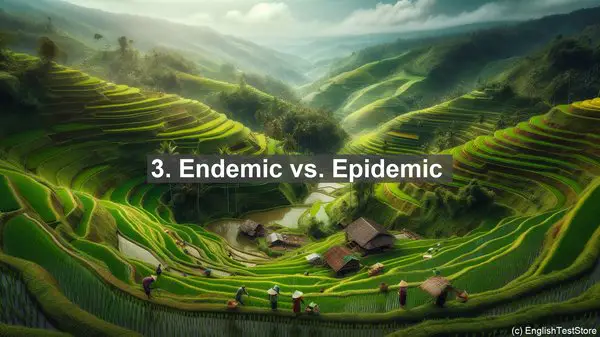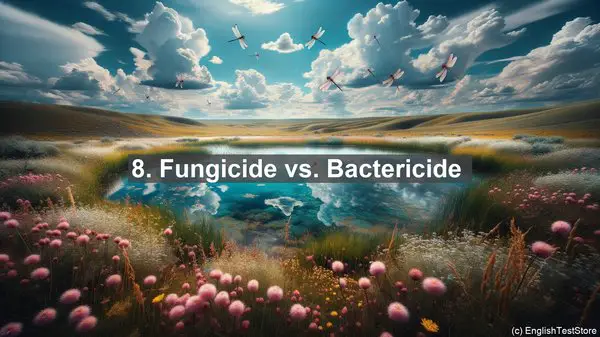Introduction: The Importance of Accurate Terminology
Welcome to our lesson on the top 10 commonly confused words in forest pathology. As students or professionals in this field, it’s essential to have a solid grasp of the terminology. Accurate communication and research depend on it. So, let’s dive in!

1. Pathogen vs. Pest
Often used interchangeably, ‘pathogen’ and ‘pest’ have distinct meanings. A pathogen is a microorganism, like a fungus or a bacterium, that causes disease in plants. On the other hand, a pest refers to any organism, including insects or animals, that poses a threat to plants. Understanding the difference is vital for implementing appropriate control measures.
2. Symptom vs. Sign
When observing a diseased plant, it’s crucial to differentiate between symptoms and signs. Symptoms are the plant’s response to the disease, such as wilting or yellowing leaves. Signs, on the other hand, are the physical evidence of the pathogen, like fungal spores or insect eggs. By accurately identifying symptoms and signs, researchers can determine the cause of the disease.
3. Endemic vs. Epidemic
Endemic and epidemic describe the prevalence of a disease. Endemic refers to a disease that is consistently present in a particular area or population. In contrast, an epidemic occurs when a disease spreads rapidly and affects a large number of individuals within a short period. Understanding these terms helps in assessing disease dynamics and planning control strategies.
4. Inoculation vs. Infection
Inoculation and infection are two distinct stages in the disease cycle. Inoculation refers to the introduction of the pathogen into the host, while infection occurs when the pathogen establishes and starts causing damage. Differentiating between these stages is crucial for understanding disease development and timing control measures.
5. Resistance vs. Tolerance
When discussing plant responses to diseases, resistance and tolerance are often mentioned. Resistance refers to a plant’s ability to prevent or limit the pathogen’s damage. Tolerance, on the other hand, is the plant’s ability to endure the disease’s effects without significant yield loss. Both traits are important in breeding and management strategies.

6. Vector vs. Carrier
In the context of disease transmission, vector and carrier are frequently used. A vector is an organism, often an insect, that transmits the pathogen from one host to another. A carrier, on the other hand, is an organism that harbors the pathogen but doesn’t necessarily transmit it. Understanding these roles is crucial for disease control.
7. Necrosis vs. Chlorosis
Necrosis and chlorosis are terms used to describe leaf symptoms. Necrosis refers to the death of plant tissue, resulting in brown or black discoloration. Chlorosis, on the other hand, is the yellowing of leaves due to a lack of chlorophyll. These symptoms can provide valuable insights into the disease’s progression and severity.
8. Fungicide vs. Bactericide
When it comes to disease management, the choice of control measures is crucial. Fungicides are chemicals that target fungal pathogens, while bactericides are specifically designed to control bacterial diseases. Using the right type of control agent is essential for effective disease suppression.
9. Quarantine vs. Sanitation
In preventing the spread of diseases, quarantine and sanitation play vital roles. Quarantine involves isolating and restricting the movement of potentially infected plants or materials. Sanitation, on the other hand, focuses on maintaining cleanliness and hygiene to minimize disease spread. Employing both measures is crucial for disease management.
10. Basal vs. Foliar
When applying treatments, such as fertilizers or pesticides, the method and target area are important considerations. Basal application involves applying the treatment at the base of the plant, while foliar application targets the leaves. Choosing the appropriate method ensures optimal treatment efficacy.
